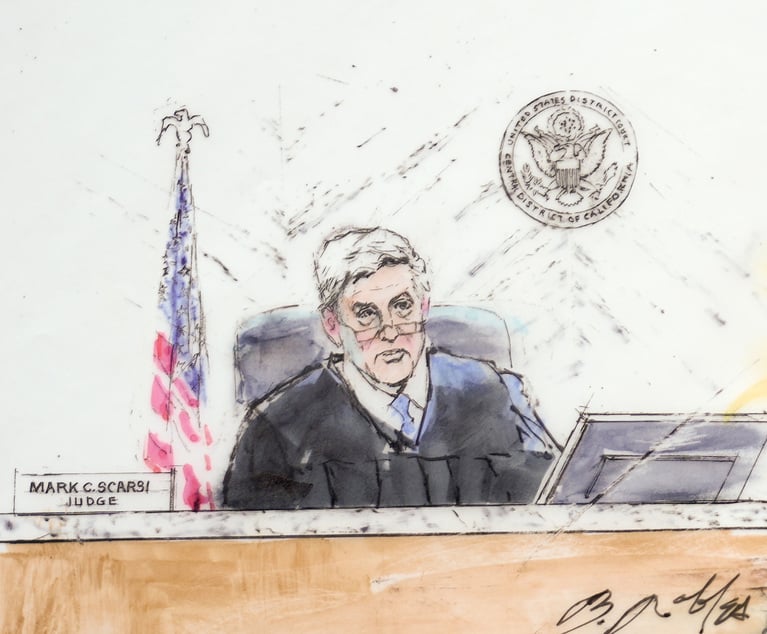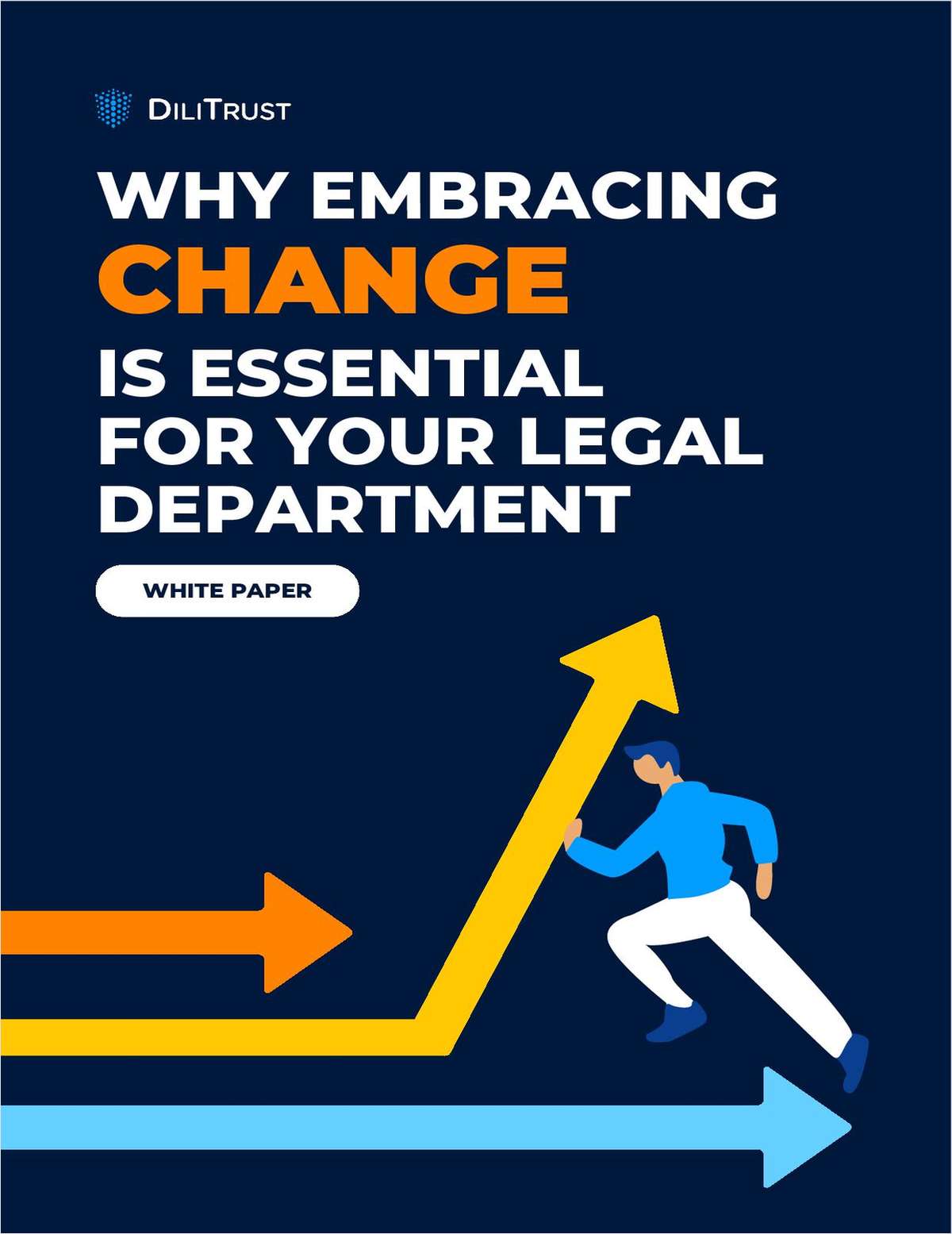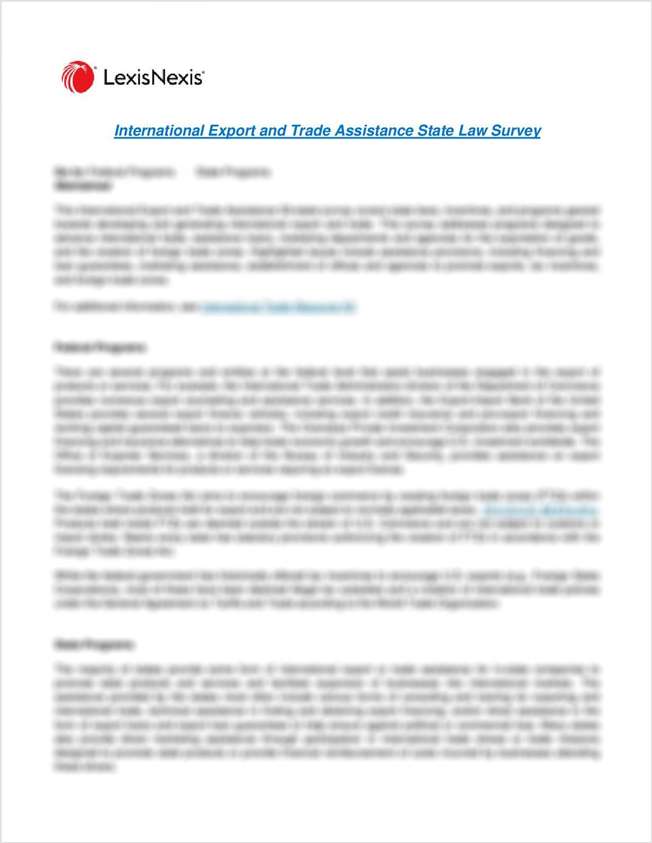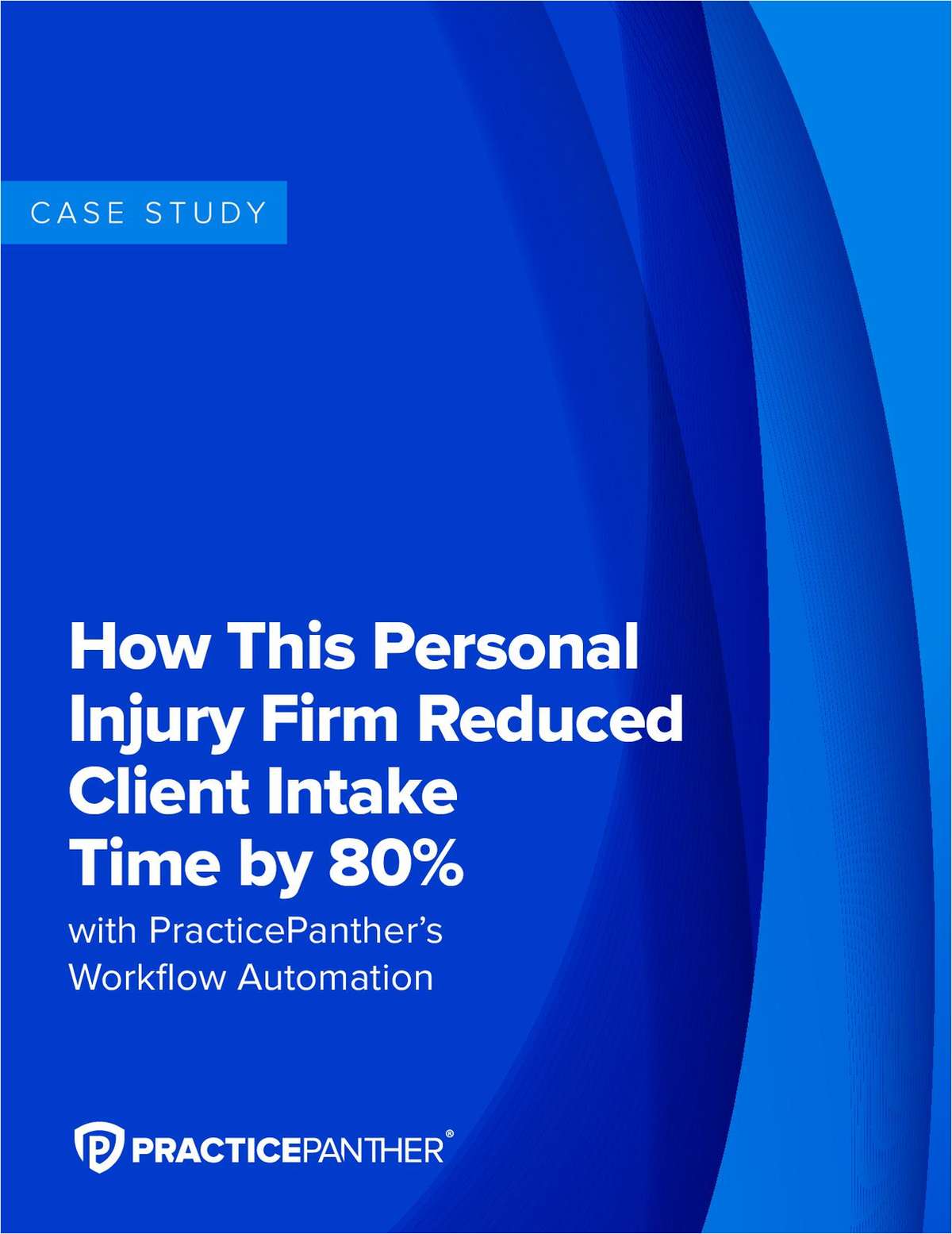Supreme Court Justices Are Ever More 'Advocates,' New Law Study Contends
The number of questions asked by the justices has remained "remarkably constant" since 1995 even as the number of words used increased significantly, according to the new study. But those extra words "are being devoted to comments and statements, not to inquiries of the advocates."
March 08, 2018 at 05:01 PM
6 minute read
The original version of this story was published on National Law Journal

During the last two decades, U.S. Supreme Court justices have become less like traditional inquisitors during oral arguments and more like advocates for their own positions, a reflection of a politically polarized Congress and society, according to a new empirical study.
Examining more than 6,000 argument transcripts from 1960 to 2015, the study's authors—Tonja Jacobi of Northwestern University Pritzker School of Law and Matthew Sag of Loyola University Chicago School of Law—found what they describe as a dramatic change in the justices' behavior post-1995 as the “Republican Revolution” in Congress took hold.
The number of questions asked by the justices has remained “remarkably constant” since 1995 even as the number of words used increased significantly, according to the study. But those extra words “are being devoted to comments and statements, not to inquiries of the advocates,” according to the authors of the study “New Oral Argument: Justices as Advocates.”
“In the post-1995 period, with the justices as a whole still averaging approximately 75 questions per case, they now pose almost (and occasionally more than) 200 non-questions per case; that is, the justices now devote only one-third of the speech activity to questions, and well over double that to making comments,” the study found.
The 72-page study presents recent examples of justices' comments that are devoid of questions and lean towards or are actual advocacy. In the current term's Masterpiece Cakeshop v. Colorado Civil Rights Commission, Justice Sonia Sotomayor, for instance, speaking to the lawyer defending a baker who refused on religious grounds to make a wedding cake for a gay couple, said:
“Counsel, the problem is that America's reaction to mixed marriages and to race didn't change on its own. It changed because we had public accommodation laws that forced people to do things that many claimed were against their expressive rights and against their religious rights. It's not denigrating someone by saying, as I mentioned earlier, to say: 'If you choose to participate in our community in a public way, your choice, you can choose to sell cakes or not. You can choose to sell cupcakes or not, whatever it is you choose to sell, you have to sell it to everyone who knocks on your door, if you open your door to everyone.'”
After the baker's lawyer, Kristen Waggoner, replied that compelling a person to celebrate that marriage—against religious beliefs—would be a First Amendment offense, Sotomayor said: “Then don't participate in weddings, or create a cake that is neutral, but you don't have to take and offer goods to the public and then choose not to sell to some because of a protected characteristic. That's what the public anti-discrimination laws require.”
The study also highlighted exchanges in the case Carpenter v. United States, which explores whether police needed a warrant to obtain cellphone location data for a suspect's cellphone. Justice Samuel Alito Jr. at one point stepped into a lengthy and intense exchange between Justice Neil Gorsuch and the government's attorney. Gorsuch posed a hypothetical on whether a suspect has a property interest in that data. The government lawyer, Michael Dreeben, resisted the hypothetical, to Gorsuch's frustration.
Alito said to Dreeben:
“Yeah, Mr. Dreeben, I would read the phrase 'customer proprietary information' to mean that it is proprietary to the cellphone company and, therefore, not to the customer. It's customer information, but it's proprietary information about the cellphone company because, if you got that information in the aggregate, you could tell a lot about the company's operation. I assume that—that that kind of information would be available to the FCC. And so, if the FCC obtained it, they would have to treat it as proprietary information of the company.”
Jacobi said the advocacy behavior of the justices is “across the board” a much clearer insight into how they will rule than other measures being used. “They are advocating for a reason,” she said, “either to influence their colleagues or to influence the public perception of the court through the court reporters who write about them.”
The post-1995 marker also showed two additional changes in the justices' activity in oral arguments that relate to the increasing partisan polarization of the period, according to the study. First, liberal justices, who had gradually been asking fewer and fewer questions since 1960, displayed a clear increase in their average level of questioning in the post-1995 era. Since 1995, the study reports, there has been a clear difference between liberal and conservative questioning levels.
Second, the relationship between the number of words directed to an advocate and that advocate's likelihood of success was stable from 1960 to 1995, with about a 100-word difference per justice between the number of words spoken to the side the justice decides against over the side the justice decides for. From 1995 to 2015, that disagreement gap increases sharply and continues to grow.
“With the sole exception of Justice [Anthony] Kennedy, the Roberts Court justices all consistently speak more than twice as much to the side they ultimately rule against (Justice Kennedy still speaks more to the side he rules against, just not twice as much),” according to the study. “This is even true of Justice [Clarence] Thomas, who rarely speaks, but when he does, the majority of his words are directed against those advocates with whom he ultimately disagrees. Put another way, the justices primarily give a hard time to their foes, not their friends.”
Looking ahead, Jacobi predicts advocacy comments by the justices during arguments are likely to increase even more if Kennedy retires and is succeeded by a non-moderate justice during a period of unified government—either Republican or Democratic.
“Instead of the 4-1-4 arrangement we have now on the court, it would be 5-4,” she said. “If we did have that fully polarized distribution on the court, my prediction is we would see more advocacy.”
Read more:
This content has been archived. It is available through our partners, LexisNexis® and Bloomberg Law.
To view this content, please continue to their sites.
Not a Lexis Subscriber?
Subscribe Now
Not a Bloomberg Law Subscriber?
Subscribe Now
NOT FOR REPRINT
© 2024 ALM Global, LLC, All Rights Reserved. Request academic re-use from www.copyright.com. All other uses, submit a request to [email protected]. For more information visit Asset & Logo Licensing.
You Might Like
View All

Federal Judge Named in Lawsuit Over Underage Drinking Party at His California Home
2 minute read
Financial Watchdog Alleges Walmart Forced Army of Gig-Worker Drivers to Receive Pay Through High-Fee Accounts

Trending Stories
Who Got The Work
Michael G. Bongiorno, Andrew Scott Dulberg and Elizabeth E. Driscoll from Wilmer Cutler Pickering Hale and Dorr have stepped in to represent Symbotic Inc., an A.I.-enabled technology platform that focuses on increasing supply chain efficiency, and other defendants in a pending shareholder derivative lawsuit. The case, filed Oct. 2 in Massachusetts District Court by the Brown Law Firm on behalf of Stephen Austen, accuses certain officers and directors of misleading investors in regard to Symbotic's potential for margin growth by failing to disclose that the company was not equipped to timely deploy its systems or manage expenses through project delays. The case, assigned to U.S. District Judge Nathaniel M. Gorton, is 1:24-cv-12522, Austen v. Cohen et al.
Who Got The Work
Edmund Polubinski and Marie Killmond of Davis Polk & Wardwell have entered appearances for data platform software development company MongoDB and other defendants in a pending shareholder derivative lawsuit. The action, filed Oct. 7 in New York Southern District Court by the Brown Law Firm, accuses the company's directors and/or officers of falsely expressing confidence in the company’s restructuring of its sales incentive plan and downplaying the severity of decreases in its upfront commitments. The case is 1:24-cv-07594, Roy v. Ittycheria et al.
Who Got The Work
Amy O. Bruchs and Kurt F. Ellison of Michael Best & Friedrich have entered appearances for Epic Systems Corp. in a pending employment discrimination lawsuit. The suit was filed Sept. 7 in Wisconsin Western District Court by Levine Eisberner LLC and Siri & Glimstad on behalf of a project manager who claims that he was wrongfully terminated after applying for a religious exemption to the defendant's COVID-19 vaccine mandate. The case, assigned to U.S. Magistrate Judge Anita Marie Boor, is 3:24-cv-00630, Secker, Nathan v. Epic Systems Corporation.
Who Got The Work
David X. Sullivan, Thomas J. Finn and Gregory A. Hall from McCarter & English have entered appearances for Sunrun Installation Services in a pending civil rights lawsuit. The complaint was filed Sept. 4 in Connecticut District Court by attorney Robert M. Berke on behalf of former employee George Edward Steins, who was arrested and charged with employing an unregistered home improvement salesperson. The complaint alleges that had Sunrun informed the Connecticut Department of Consumer Protection that the plaintiff's employment had ended in 2017 and that he no longer held Sunrun's home improvement contractor license, he would not have been hit with charges, which were dismissed in May 2024. The case, assigned to U.S. District Judge Jeffrey A. Meyer, is 3:24-cv-01423, Steins v. Sunrun, Inc. et al.
Who Got The Work
Greenberg Traurig shareholder Joshua L. Raskin has entered an appearance for boohoo.com UK Ltd. in a pending patent infringement lawsuit. The suit, filed Sept. 3 in Texas Eastern District Court by Rozier Hardt McDonough on behalf of Alto Dynamics, asserts five patents related to an online shopping platform. The case, assigned to U.S. District Judge Rodney Gilstrap, is 2:24-cv-00719, Alto Dynamics, LLC v. boohoo.com UK Limited.
Featured Firms
Law Offices of Gary Martin Hays & Associates, P.C.
(470) 294-1674
Law Offices of Mark E. Salomone
(857) 444-6468
Smith & Hassler
(713) 739-1250








